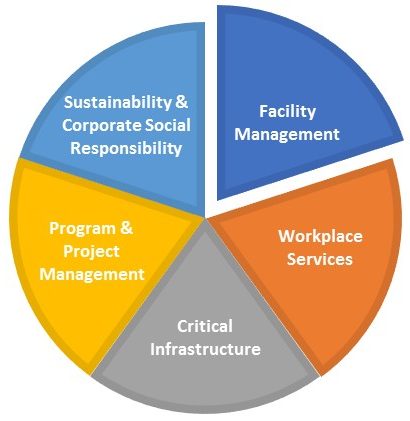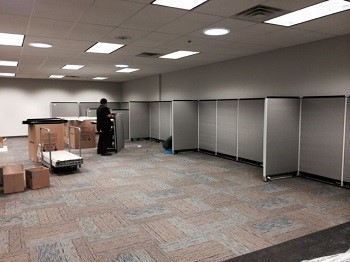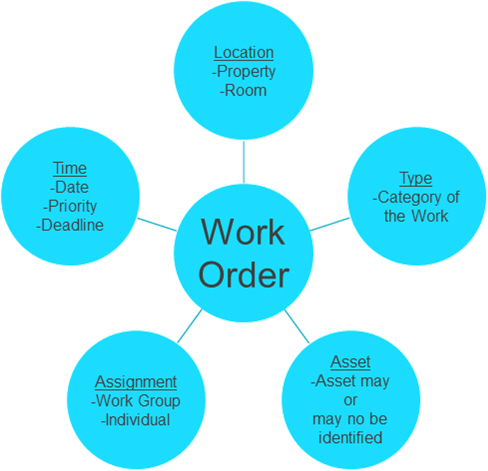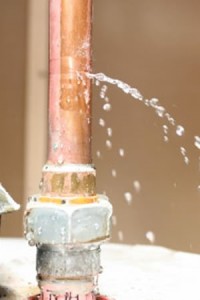Facilities service requests, or work orders, typically involve work outside of routine maintenance that does not involve a change in space use or space classification, require professional engineering, or permitting. Examples might include;
A computerized maintenance management system (CMMS) or other work order request system is often used to enable office occupants to submit such requests. The system allows the request to be routed to the appropriate service provider, assigned, work completed, requestor notified, and closed out for tracking & reporting.
|
   |
 |
Some requests may be of an urgent nature, and need to be prioritized for prompt response. Most modern CMMS or work order systems allow for automatic or manual prioritization when assigning an appropriate service level priority. In general, all service requests will be assigned a service level priority based on a negotiated Service Level Agreement (SLA) performance expectation.
Abraxas works with its clients to establish priorities for work orders (i.e. Normal, Urgent, Emergency) and response time criteria to ensure work requests are given the appropriate level of attention and addressed in an agree-upon time frame. Service Requests/Work Orders have some common attributes, as shown to the left. These attributes allow requests to be tracked from their initial entry, through assignment and completion. Reporting may include historical request frequencies by category or location, completion performance against SLA expectations, or expenses incurred. |

